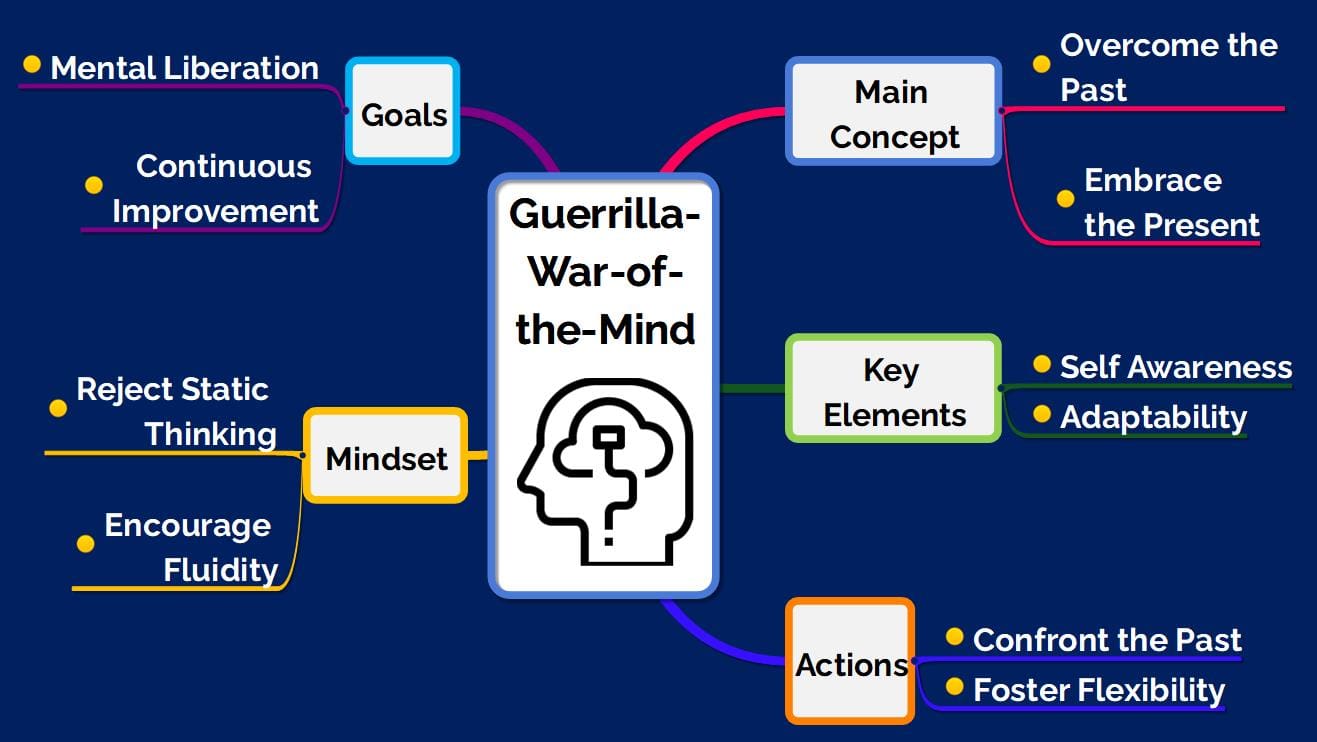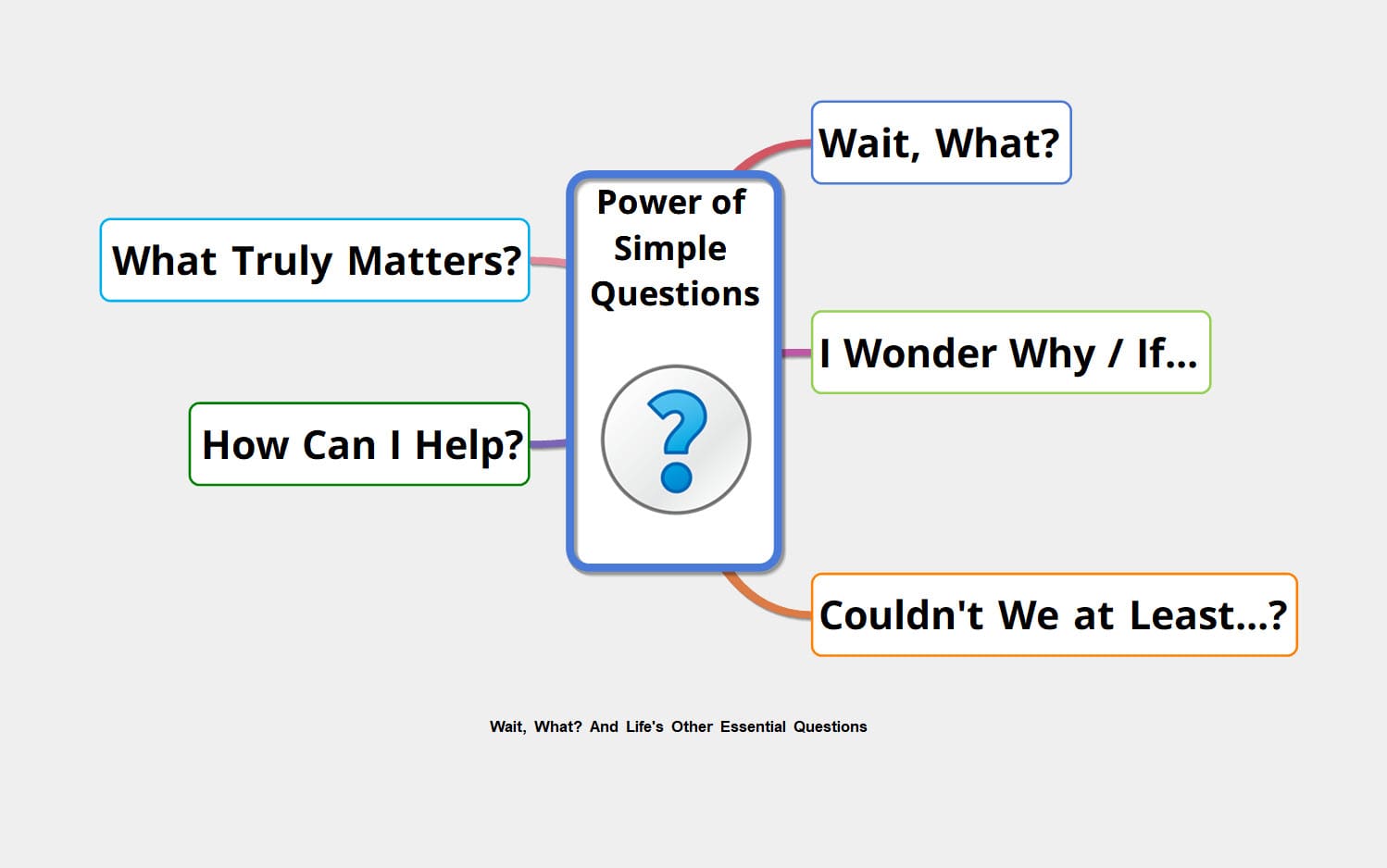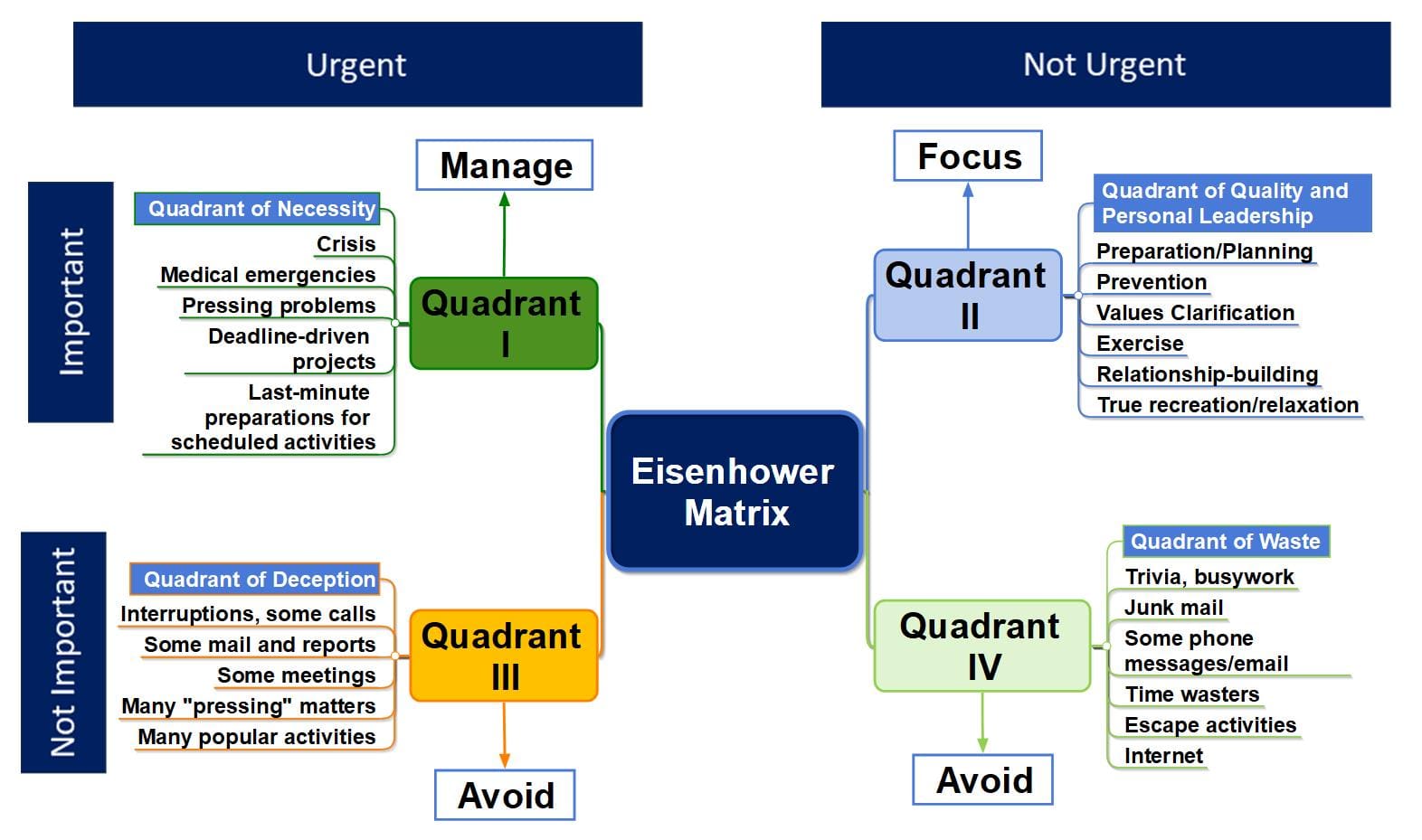In the world of personal and professional development, few tools offer as comprehensive a view as 360-degree feedback. But what exactly is it, and is it a requisite for a successful coaching engagement?
What is 360-degree Feedback?
360-degree feedback, sometimes known as multi-rater or multi-source assessment, is a performance appraisal tool that aggregates feedback about an individual from multiple perspectives rather than relying on just a single viewpoint.
Components of 360-Degree Feedback:
- Diverse Feedback Sources: Inputs are gathered from various stakeholders in the individual’s professional realm. This includes supervisors, peers, direct reports, the individual’s own assessment, and possibly external sources like clients or suppliers.
- Broad Feedback Areas: The feedback spans a wide range of competencies—from communication and leadership abilities to interpersonal skills and job-specific technical prowess.
- Confidentiality: To promote candidness, the feedback process is typically anonymous. Aggregated results ensure feedback remains constructive and unbiased.
Is 360-degree Feedback Required for Coaching?
While 360-degree feedback can be invaluable in coaching, especially in leadership or executive coaching, it’s not inherently necessary for every coaching engagement. Here’s why:
- Purpose of Coaching: If the primary aim of coaching is to enhance an individual’s leadership skills or interpersonal dynamics within an organization, then 360-degree feedback can provide rich insights. For more personal, life-focused coaching, the tool might be less relevant.
- Openness to Feedback: The effectiveness of 360-degree feedback hinges on the individual’s readiness to receive and act on the feedback. The tool might not yield its intended benefits if an individual is resistant.
- Nature of Relationships: In situations where office dynamics are strained or where team members lack trust, 360-degree feedback might be skewed by personal biases. It’s essential to gauge the environment before employing this tool.
- Logistical Considerations: Implementing a 360-degree feedback process requires resources, time, and the involvement of multiple individuals. For short-term coaching or when resources are limited, it might not be feasible.
In Conclusion
360-degree feedback can be a potent instrument in a coach’s toolkit, offering a panoramic view of an individual’s strengths and areas for growth. However, its necessity and effectiveness are contingent on the objectives of the coaching and the context in which it’s deployed. As with all tools and methodologies in coaching, the key is to align them with the client’s unique needs and the overarching goals of the coaching engagement.







